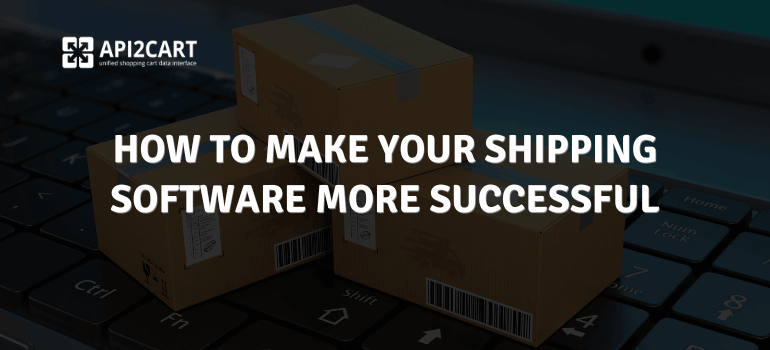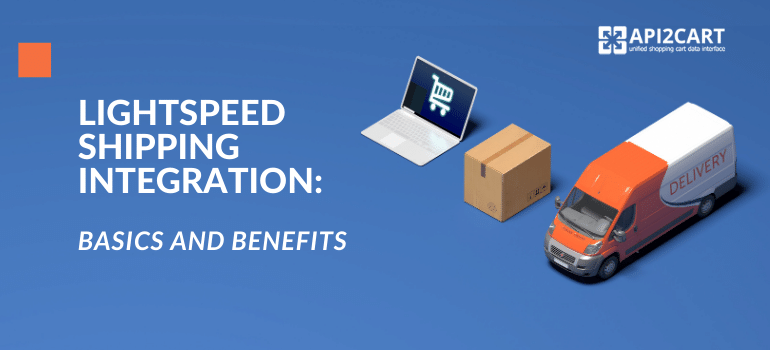
Good Integration with shopping carts and marketplaces is the lifeblood of your business. It powers the majority of features and processes that every Shipping management system covers:
- import orders from multiple sales channels
- update tracking info and order statuses
- create shipping labels
- automate, schedule, and customize shipping tasks to run only for specific stores
- organize the data in detailed reports
BUT the thing is, integration can be harder than you think! And API2Cart does the hardest part of it for you.
Having dealt with hundreds of integrations, our team have learned the pain points that various web and mobile applications face. With these in mind, we crafted our unified API that lets your product communicate with clients’ stores, be they based on Shopify, Magento, WooCommerce, or any other shopping cart that we support.
In the guide, you will learn all about what it takes to make your shipping management software to exchange data seamlessly with customers’ stores (based on different shopping carts and marketplaces).


